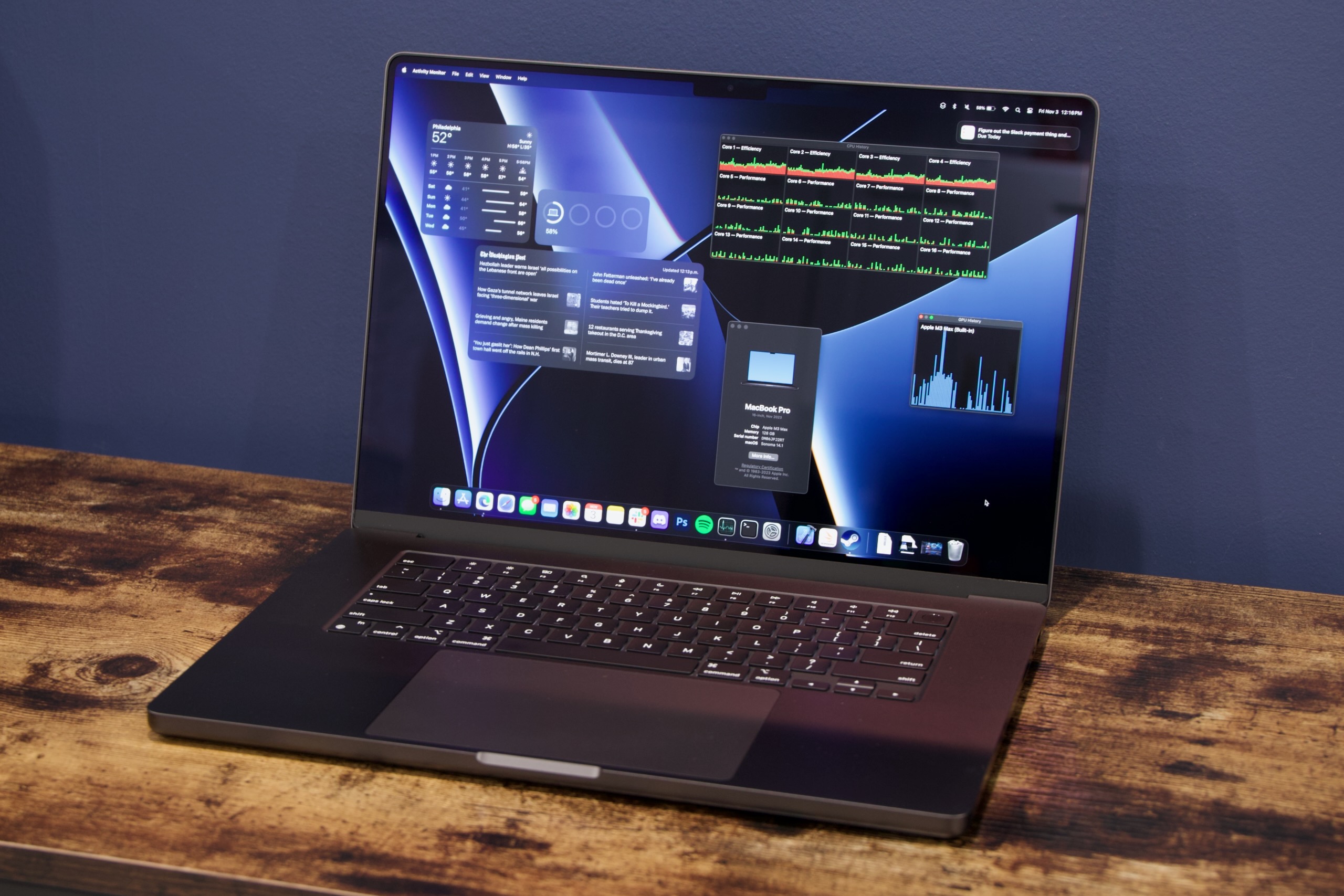Apple Inches Closer to Releasing an OLED Touchscreen MacBook Pro
Apple is reportedly moving forward in its development of a touchscreen MacBook Pro, according to supply chain analyst Ming Chi-Kuo. This follows a long-standing debate within the company about the viability of touchscreen Macs. Though Apple executives have historically dismissed the concept, the persistent rumors signal that we might see a touchscreen MacBook Pro in production by late 2026.

Background
Kuo, known for his insights into Apple’s manufacturing strategies, noted that the upcoming models will likely feature OLED displays, replacing the traditional Mini LED panels currently used. This shift reflects Apple’s ongoing interest in leveraging touchscreen functionality, potentially in response to the popularity of the iPad and its recent developments including keyboard and touchpad accessories, as well as updates in iPadOS that blur the lines between its tablet and Mac devices.
As touchscreen technology gained traction with Windows PCs post-2012, Apple appears to be taking notes from competitive trends while evolving its own product strategies.
Timeline and Expectations
Bloomberg’s Mark Gurman previously reported that Apple was testing touchscreen Macs and anticipated a release around 2025. However, Kuo’s recent announcements suggest that production could be delayed until 2026.
In addition to the touchscreen update, Kuo mentioned a low-cost MacBook model set for production in late 2025, aimed at capturing a more budget-conscious market segment. This model is expected to utilize an A-series processor found in iPhones, potentially replacing the existing M1 MacBook Air that retails for around $650.
Speculation and Considerations
Given the historical context of these rumors and Apple’s previous hesitance towards touchscreen Macs, the prevailing questions include whether this low-cost model will be sold exclusively through retailers or also through Apple’s own storefronts, following the trend established with their lower-cost iPhone and iPad models.
As we await more concrete updates, the intersection of design, functionality, and affordability seems to shape the future trajectory of Apple’s Mac offerings.
By maintaining awareness of these developments, consumers can better prepare for the evolving landscape of Mac products, especially as Apple continues to bridge the gap between touchscreen and traditional computing experiences.
